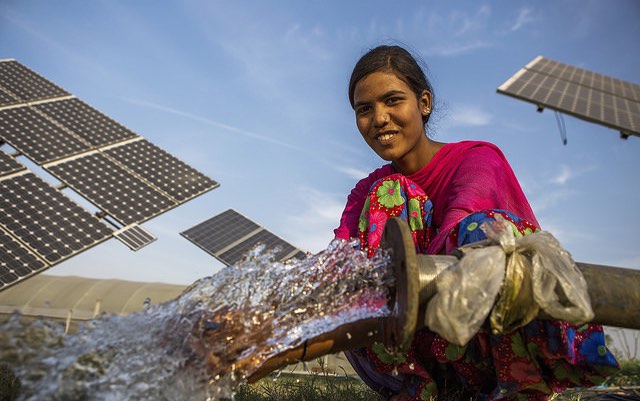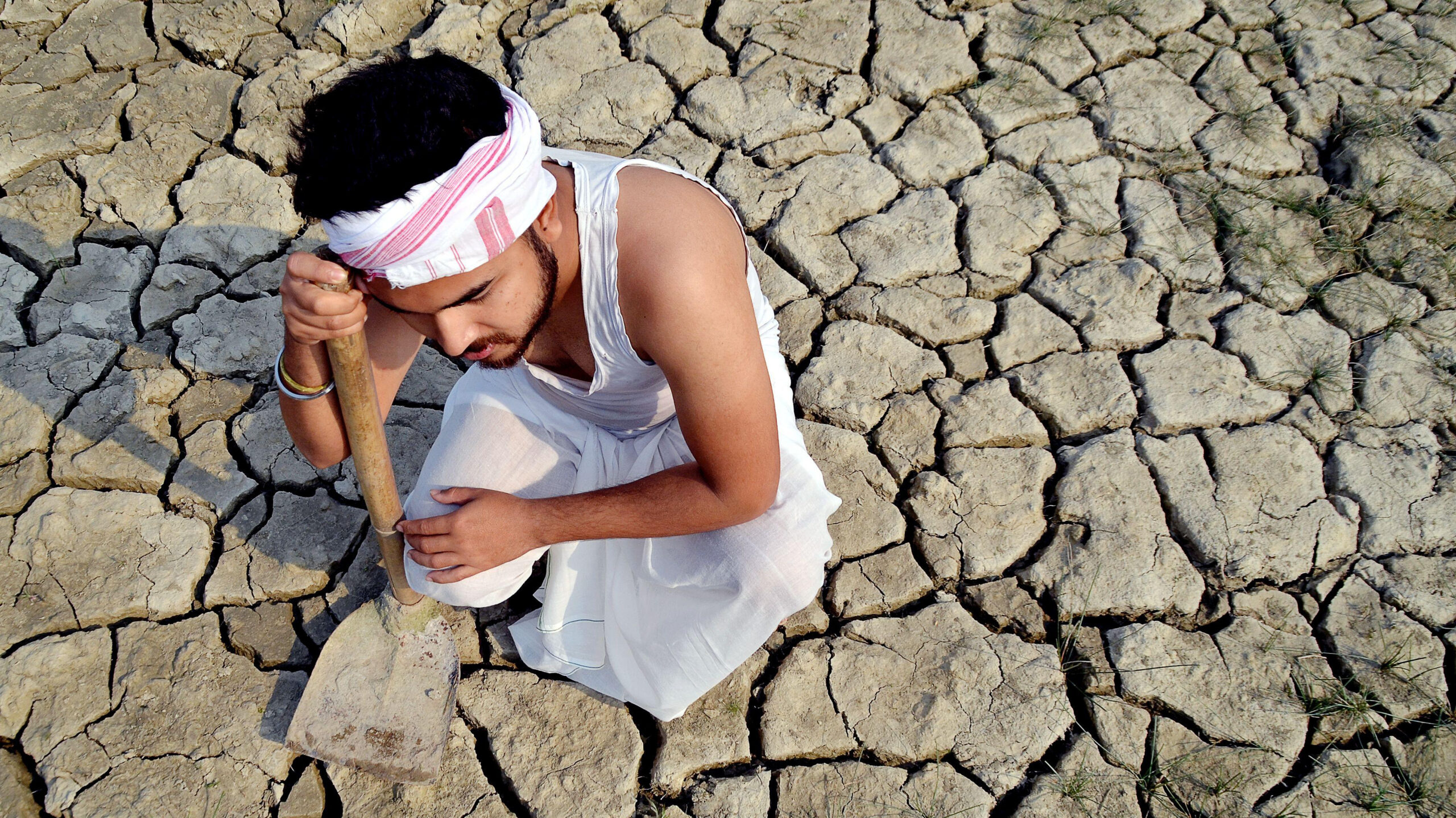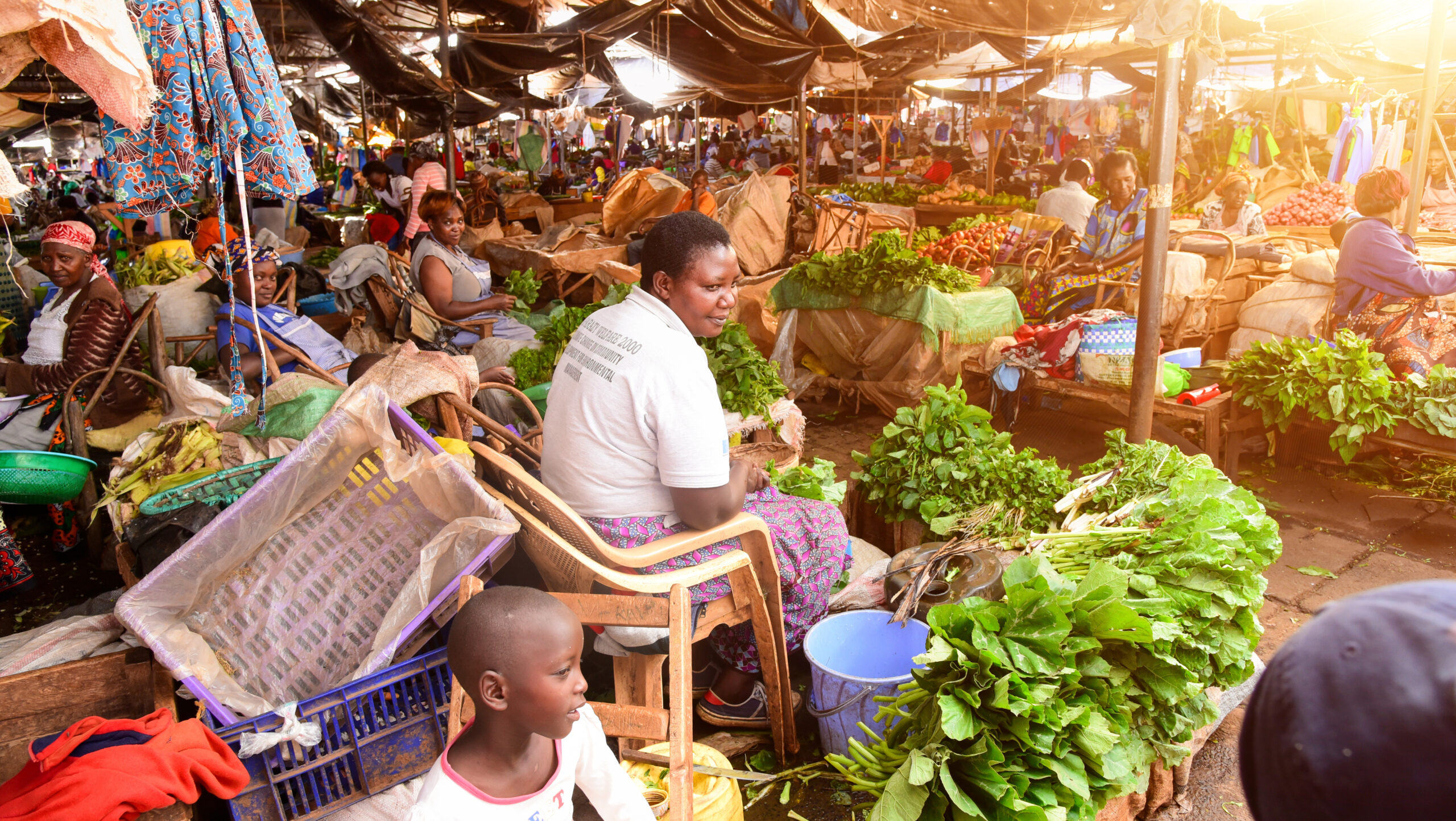The world is about to face the perfect storm. Population growth, rising incomes, and urbanization mean growing demand for food, energy, and other resources. At the same time, we harm our ability to meet those needs by degrading our water, biodiversity, and soils. Meanwhile, climate change and social inequality intensify all of these challenges, leading to a downward spiral of choices that compound environmental degradation and pollution. This confluence of challenges presents serious risks to global food and nutrition security.
Regrettably, in our efforts to tackle these complexities, we rarely find traction at the appropriate and necessary scales. Solutions need to work across scales: From farm to national to global; but also across sectors: Food, water, energy, and others. We are, after all, on a global campaign to meet the Sustainable Development Goals (SDGs), most of which are intertwined with food. Thus, more researchers are considering entire systems. The Water-Energy-Food (WEF) Nexus is one such approach, helping ensure researchers move beyond conceptual silos and understand that actions in any one area usually impact other sectors.
We are the authors of unintended consequences
Too often, meeting one need harms our ability to meet others. To date, most agricultural research has delivered field level innovations: We develop new seeds or new irrigation or soil management techniques. But typically these include only partial assessments of systems– or landscape-level impacts. We see similar, ultimately toxic errors in energy, water and other development projects where agriculture is deprioritized—and then degraded.
Consider India, where advances in groundwater pumping technology and government subsidies helped farmers meet short-term irrigation needs, but dangerously depleted groundwater levels. Or large hydropower dams: They may quench our thirst for energy, but often harm food production and fish populations—and with them vulnerable communities.
A Nexus approach helps manage such tradeoffs. One potential success is solar irrigation. Solar pumps can replace greenhouse gas-emitting diesel pumps. But low operating expenses risk over-pumping, depleting groundwater. To avoid this, the CGIAR Research Program on Water, Land and Ecosystems (WLE) and partners supported Indian farmers in forming cooperatives to sell excess energy back to the grid. This prevented over-pumping, while shoring up farmer income. The program is now set to scale up in Gujarat, while researchers are also strengthening groundwater governance through simulation games in Indian villages.
What about other impacts of solar irrigation? Through the International Water Management Institute (IWMI), we’ve developed maps that calculate an area’s solar suitability, assessing risks such as those to soils (by assessing slopes) or ecosystem services (by assessing water availability). And we’re expanding this analysis to all of Africa south of the Sahara, also incorporating food security considerations and cost-benefit analyses.
Finding such solutions was at the heart of the discussions on tradeoffs and synergies among SDGs at Science Forum 2018, organized recently by CGIAR’s Independent Science and Partnership Council (ISPC). Our session brought together scientists, practitioners, donors and other experts to figure out why agricultural research has often failed to consider interactions or scale up solutions—and how we can do better.
How can research help harness all this complexity?
Our experts identified plenty of room for improvement. While we’ve made progress in developing tools and capacity for decision makers, we still need to reduce unintended negative consequences and generate synergistic benefits—these things are not easy and not common practice:
- Improve how we prioritize our research-for-development activities. We need to better balance the focus on agricultural technologies with investment in systems approaches. We should also do more to look at failures—how can cases where synergies and tradeoffs were not well considered help us prioritize future activities?
- Discover better ways of supporting decision makers to make “best bet decisions.” Integrated modelling will continue play a role but in the absence of perfect data, we need methods to better deal with complexity and uncertainty, and assess benefit/costs of cross-sector approaches. Researchers may also have to find ways to make decisions with imperfect or incomplete information – sometimes settling for “good enough.”
- Improve research design. All agriculture research projects need to account for impacts and feedback effects on multiple outcomes— health and nutrition, energy, greenhouse gas production, ecosystems. Research programs need trans-disciplinary, intersectional, mixed methods. We need to consider impacts at various scales: From farm to global and everywhere in between. And we need to prioritize strong risk assessments before we hit the ground.
- Improve how we measure progress. Projects must be evaluated on a broader set of SDG-related indicators. Irrigation projects need to measure impacts on nutrition, soil, gender and more—just as breeding initiatives need to track how new seeds impact water, biodiversity and social equity. We need indices that can compare outcomes across projects and landscapes. And let’s assess distributional impacts —how does an intervention impact the Global South vs. North? Rural vs. urban? Women vs. men? We need to build resilience on multiple levels: Across natural resources, in the face of climate change, and in our economic and social spheres. These need to be front and center when measuring progress.
As we sail through this storm, we seem to be heading in the right direction. However, we can expect rough seas as we grapple with these complexities. Solutions will rely not just on better partnerships, but on creating and using models and indicators that allow us to measure the tradeoffs and synergies inherent in every decision. Let’s hope we can move on the right partnerships, approaches and tools to ensure we see some calm in the midst of the storm.
Adam Hunt is Head of Communications and Engagement for the CGIAR Research Program on Water, Land and Ecosystems (WLE). Izabella Koziell is Program Director of WLE. Claudia Ringler is Deputy Director of IFPRI’s Environment and Production Technology Division and co-leader of the WLE’s Flagship Program on Variability, Risks and Competing Uses. This post first appeared on the FutureEarth blog.







